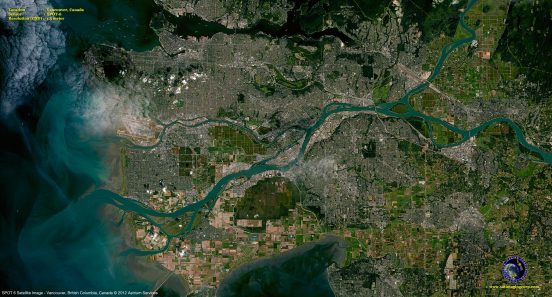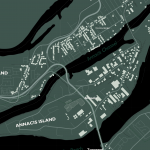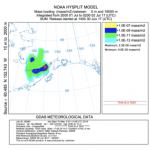Overview:
Statistics Canada creates different census map areas based upon population. In Metro Vancouver, for this lab, we will be using 2 different census areas: Census Tracts (CT) and Census Dissemination Areas (DA). Statistics Canada draws census boundaries on maps for CT and DA based upon the number of people living in the area. DAs are finer resolution with a DA being sometimes less than a city block, sometimes just an apartment building, whereas CTs are coarser resolution, and one CT makes up a few city blocks. For this lab, 2011 and 2016 data was used for cost of dwelling, or housing cost, to visualize change over 5 years in Metro Vancouver.
Objectives:
- Access and download Canadian census data: spatial map files for Census Tracts (CT) and Census Dissemination Areas (DA); and tabular data files for CTs and DAs, for two different time frames – 2011 and 2016
- Visualize and work with housing costs at different levels of resolution (CT and DA) and different time frames
- Explore various methods for classifying quantitive data (cost of housing) for Metro Vancouver CTs.
Summary:
Quantitative Data Classification:
- Natural Breaks: Based on natural grouping in the data.Number of classes can be chosen and ArcGIS automatically groups them. This method identifies groups with similar values and maximizes difference between classes.
- Manual Breaks: Allows one to manually define classes and set ranges that are appropriate for the data. Works best when comparing two different data sets.
- Equal Interval: Divides the values into equal ranges. Best applied to ranges such as temperature or percentages. Emphasizes amount of an attribute value to another.
- Standard Deviation: Shows how much a value varies from the mean.
Data Uncertainty:
Areas of no data have occurred due to ‘data suppression’. Area suppression is used to remove all characteristic data for geographic areas below a specified population size.
Housing Affordability:
Manual breaks were used to compare the affordability of housing in Vancouver between 2016 and 2011. Here, median shelter cost is used.The median is the middle point of a number set, in which half are above the median and half are below. – The median is not influenced by extreme numbers. Averages on the other hand can distort values as extreme values can over-estimate areas. This variable doesn’t truly show poverty in Vancouver.




